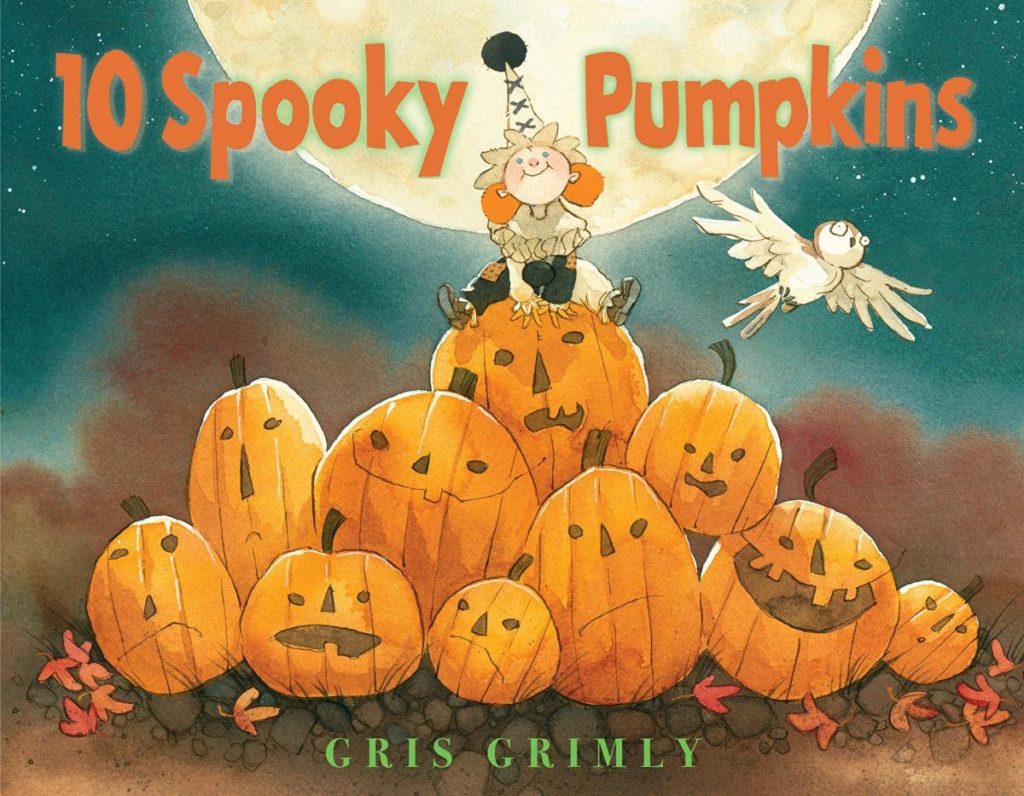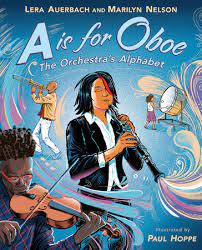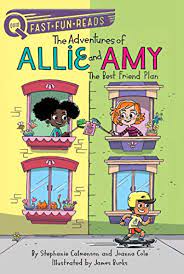This is the story of a kitten, his new animal family and the humans that adopted him. Elvis and his sister, Etta, have always been together. But, at a July 4th adoption event, Elvis is adopted by Georgina and her mother. Georgina seems sad and that is because her parents have recently divorced and things are so different now. So, Georgina immerses herself in her LEGOS, building famous structures that have some meaning to her family. She does so with the help of Mo, the hamster, under the watchful eye of Laverne, the goldfish, and Clementine, a grumpy adult cat.
Elvis wants to be happy. But, more than anything, he wants to see Etta. He tries to communicate with the humans and it doesn’t work. Ever-helpful Mo tells him that he can communicate, just in a different way. After a few nearly disastrous escapes in an attempt to return to the shelter to find her, he discovers on a visit to Georgina’s dad’s apartment that the shelter is across the street. Clementine opens up about her time there and her kittens that were adopted before her. Together, they attempt to start a LEGO shelter to help explain to Georgina and she understands their actions, taking them to the shelter the next day. Elvis finds out that Etta was adopted by a wonderful family that loves her and Clementine finds one of her kittens, who is added to the family right then and there.
While Elvis is not reunited with Etta, he knows she’s happy and he allows himself to begin to enjoy his life with his family. At the same time, Georgina and her parents start to find some peace with their new family life in separate homes. Along the way, 9/11 is gently discussed after Georgina builds the Twin Towers in homage to her parents’ visit so many years before.
Told from the perspective of a young kitten, Elvis and the World As It Stands is an animal story and so much more. It is a story of healing for families torn apart and things we don’t understand. Illustrations and occasional text messages help move the story along nicely. An author’s note at the end gives a little more information about 9/11 and details the author’s motivation for writing the story. Recommended

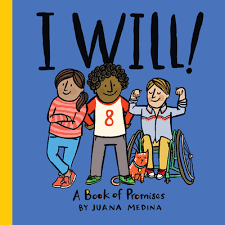
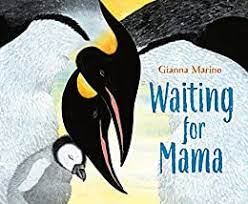

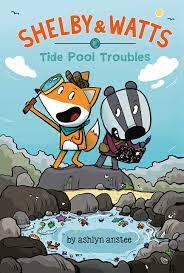
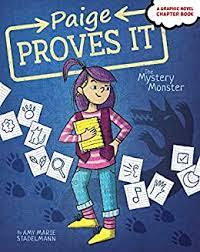



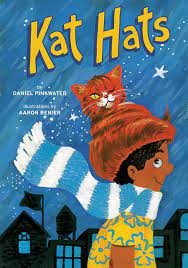
![The Swallows' Flight by [Hilary McKay]](https://m.media-amazon.com/images/I/515QvL0YyrL.jpg)
